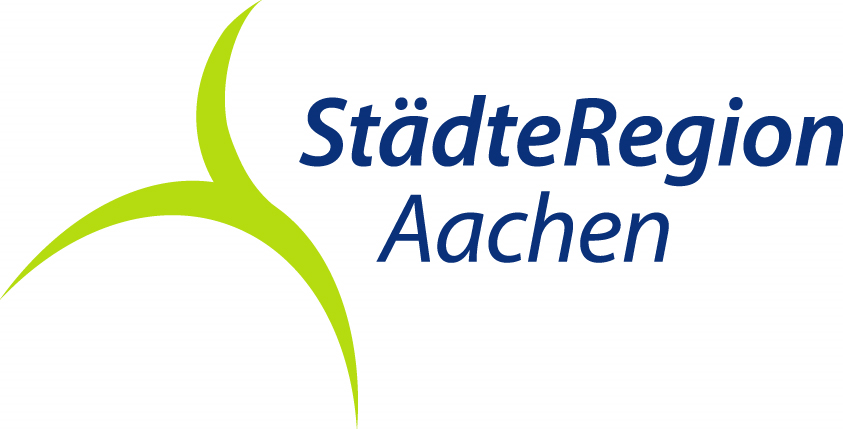Dorfrundgang Lammersdorf
From Otto-Junker-Platz, we turn into "SchollsJääsje". The view of the Junker estate immediately opens up to the north. Behind it are the "Domäne" with the Lammersdorf wind farm and the "Langschoß", the highest elevation in the Simmerath area at 585 meters above sea level. It is hard to believe that we are on an ancient hollow path. The surrounding pastureland gives an impression of the Lammersdorf of days gone by. The bunker ruins of the "Westwall", which were blown up after the Second World War, lie hidden beneath the slight hills in the meadows.
The Höckerlinie, an anti-tank wall cast in concrete, is a visible reminder that the war was also in the Eifel. At the crossroads, we leave the fortified path to the left. The peace that surrounds us here hides a dark secret: the "cholera cemetery". The disease came from Russia to Germany and Aachen in 1831. The cemetery outside the village was set up as a precautionary measure - and it remained that way. The cholera did not cross Aachen's city limits.
The wide dirt road finally leads us directly into another world - the ancient hollow way. Can you hear the farmers toiling away, driving their oxen up the steep hill from the Kelzerbach stream? They bring firewood and quarry stones to the village. The path dug deeper and deeper into the ground - up to three meters in some places! The iron-shod wooden wheels immortalized their tracks in the hard stone. The descent ends in a small idyll. The Keltzerbach stream, which flows into the Kalltalsperre dam, has its bed here between the trees. When the water level is low, large stones clear the way to the other side. After the crossing and a small ascent, the route continues on a well-surfaced path. We take the next forest path on the right and after a few minutes we are in the fens.
A small piece of primeval nature has survived here on our right. This is what the landscape around Lammersdorf looked like before people drained the raised bog for their own benefit. A shelter on the left invites us to take a short break before we continue on our way, keeping to the left. This is the "Stennetije Wääsch", the stony path that once had a quarry stone pack layer for timber transportation. A stone cross, the oldest in Lammersdorf, on the right-hand side of the path, slightly hidden under tall spruce trees, is a reminder of an accident in 1696. Whether the bachelor Peter Wilden was struck by lightning, run over by a timber cart or killed by a falling tree - nobody knows!
If you take a short detour into the forest at this point, you will find two deep furrows - the continuation of the old hollow road with a passing lane. This road was in use for perhaps 500 years or more before it was returned to nature. A fresh wind still blows around the hiker's ears here on many days. The next crossroads is called "Em Krötzbönd". Keep to the right here. On the left is the part of the Junker factory site built after the war. The houses on the right are former customs houses and give us an idea that the border with Belgium is just one and a half kilometers away.
We make our way to the village center. One of the reasons for Otto Junker to settle in Lammersdorf was the railroad line that ran through the village. The old chestnut tree on the former station site could perhaps tell the story of that joyous June 30, 1885, when the whole of Lammersdorf awaited the first festively decorated train with garlands and singing, beer and bread rolls. Less imagination is needed to picture the days of yore in the Farmers' Museum right next door. Here, rural life in the 19th and early 20th centuries is almost brought back to life. The typical Eifel farmstead houses over 2000 exhibits from everyday working and family life on an exhibition area of around 600 square meters.
Just like the two-storey railroad buildings, the Protestant parish hall from 1976 is a reminder of Lammersdorf's economic boom. Customs officials and employees of the Junker company, who moved to the Eifel at that time, formed the basis of the Protestant diaspora community in the Catholic-dominated region. One of the oldest buildings is that of the Sparkasse. It was built in 1864 as an elementary school. The foundation stone for the parish church of St. John was laid in 1901. It is one of the few churches that survived the Battle of the Hürtgen Forest in 1944/45 almost unscathed, both inside and out. The tour through Lammersdorf's economic history ends at the village square.











